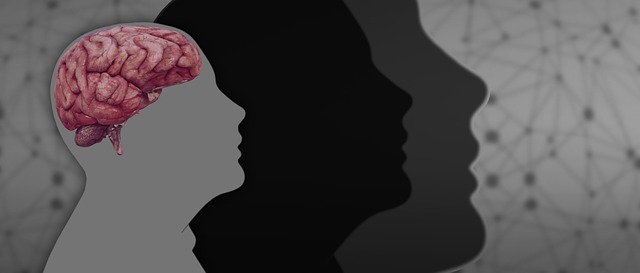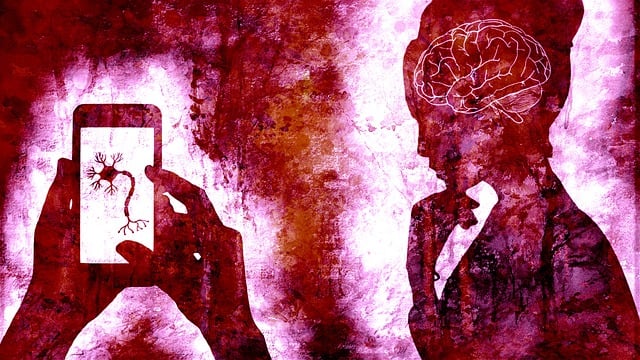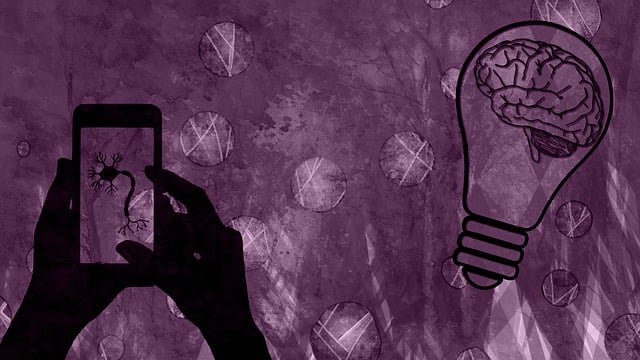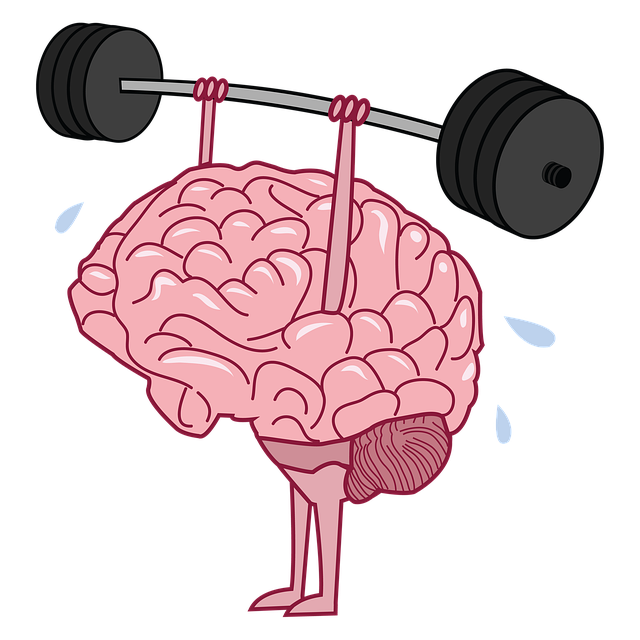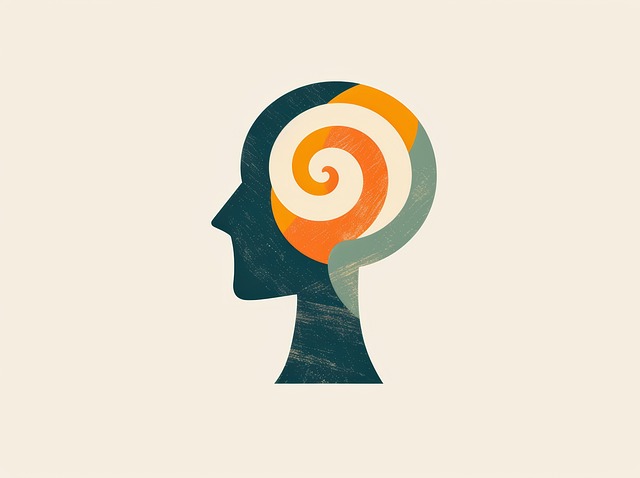Media portrayal of mental health significantly impacts public perception, with inaccurate depictions perpetuating stigma and marginalization. Broomfield Learning Disability Therapy advocates for authentic, diverse storytelling through incorporating mindfulness practices to promote understanding and reduce negative stereotypes. Engaging individuals with lived experiences as consultants and showcasing varied recovery journeys in media can foster empathy and encourage support-seeking behaviors. This therapy's innovative approach leverages media to educate the public about learning disabilities and mental health, challenging stereotypical representations and advocating for inclusive narratives.
In today’s media landscape, accurate representation of mental illness is more critical than ever. This article explores the challenges posed by stereotypical and misconceptions surrounding mental health in the media, delving into their profound impact on public perception. We present strategies for fostering positive and realistic portrayals, highlighting the transformative power of authentic narratives. As a case study, we turn to Broomfield Learning Disability Therapy, showcasing how innovative approaches can challenge conventional representations and promote understanding.
- Understanding Mental Illness Representation in Media
- The Impact of Stereotypes and Misconceptions
- Strategies for Accurate and Positive Portrayals
- Broomfield Learning Disability Therapy: A Case Study Approach
Understanding Mental Illness Representation in Media

Understanding Mental Illness Representation in Media is a complex task that requires nuanced insights into the impact and portrayal of various conditions. The media plays a pivotal role in shaping public perception, and how mental illness is depicted can significantly influence societal attitudes and behaviors. For instance, Broomfield Learning Disability Therapy highlights the importance of accurate representation to foster empathy and reduce stigma.
In recent years, there have been concerted Mental Illness Stigma Reduction Efforts through diverse storytelling. However, challenges persist, with many media portrayals still relying on stereotypical or sensationalized accounts. This can be detrimental, as it reinforces negative beliefs and may discourage individuals from seeking help. Incorporating Mindfulness Meditation techniques and Self-Awareness Exercises into creative processes offers a promising avenue to promote understanding and humanize mental health struggles.
The Impact of Stereotypes and Misconceptions

The media has long played a significant role in shaping public perception and understanding of mental illness. However, it is often characterized by stereotypes and misconceptions that can be deeply damaging. Portrayals of individuals with mental health issues are frequently reduced to simplistic, one-dimensional characters, reinforcing outdated myths about their abilities, behaviors, and personalities. This not only contributes to the Broomfield Learning Disability Therapy community’s marginalization but also hinders efforts to destigmatize mental illness.
These stereotypes create a hostile environment, making it more challenging for those living with mental health conditions to seek support or access appropriate care. They can lead to a lack of empathy and understanding, perpetuating the mental illness stigma reduction efforts that keep many from openly discussing their struggles and seeking help. By reinforcing inaccurate ideas about emotional regulation and self-care practices, media representations can ultimately hinder progress in the ongoing fight against mental health disparities.
Strategies for Accurate and Positive Portrayals

Media has a significant influence on shaping societal perceptions, especially regarding mental health. To challenge negative stereotypes and promote understanding, accurate and positive representations are crucial. This can be achieved by involving individuals with lived experiences as consultants or advisors during production. Their insights ensure authenticity, fostering more empathetic storytelling.
Additionally, media platforms should prioritize diverse narratives, showcasing various mental health conditions and recovery journeys. Implementing these strategies not only enhances public awareness but also provides valuable Broomfield Learning Disability Therapy resources. By promoting accurate portrayals, the media can contribute to improving confidence boosting and mood management skills for those facing mental health challenges, while offering crisis intervention guidance for viewers who may be in distress.
Broomfield Learning Disability Therapy: A Case Study Approach

Broomfield Learning Disability Therapy offers a unique case study approach to understanding and representing mental illness, particularly focusing on learning disabilities. This innovative therapy showcases how media can be utilized as a tool for raising awareness and promoting understanding of various mental health conditions, including those often overlooked or misrepresented. By studying real-life scenarios and personal narratives, the approach aims to educate both the public and professionals alike, fostering empathy and accurate perceptions.
Through this case study method, Broomfield highlights effective communication strategies and conflict resolution techniques employed by individuals with learning disabilities in navigating their mental wellness journeys. It challenges stereotypical representations in media by showcasing diverse experiences, promoting a more nuanced understanding of mental illness, and advocating for inclusive practices in storytelling.
In addressing mental illness representation in media, it’s clear that accurate and positive portrayals are essential. The article has explored the challenges posed by stereotypes and misconceptions, highlighting their profound impact on public perception. We’ve also outlined effective strategies for promoting responsible media representation. As demonstrated by Broomfield Learning Disability Therapy, a case study approach can provide valuable insights into creating nuanced and empathetic narratives. By adopting these principles, media creators can foster a more inclusive and informed society, where mental health is understood without judgment.
